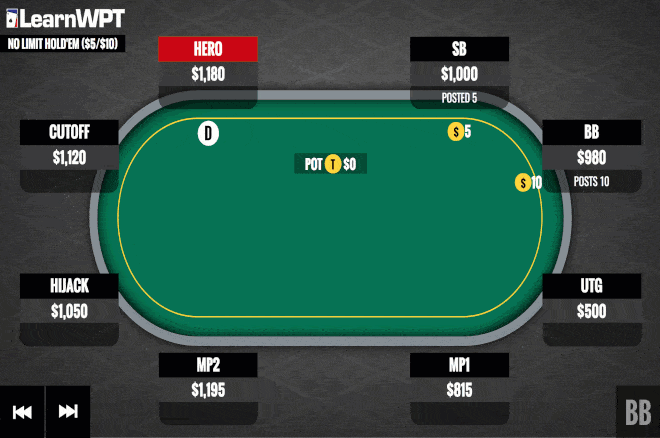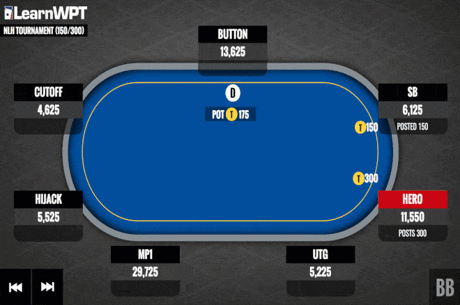When to Slow Play Top Set Versus a Continuation Bet

DECISION POINT: In a $5/$10 no-limit hold'em cash game, the player under the gun raises to $35. You call from the button with 9?9?, the blinds fold, and it's heads-up to the flop. The flop comes 9?5?2?. The UTG player makes a continuation bet of $60, and the action is on you.
PRO ANSWER: After calling a standard preflop raise from a player under the gun, we hit top set on a dry and scattered flop and face a continuation bet from our opponent.
When deciding how best to extract value with your big hands, there are several factors to consider, including the number of opponents, board texture, position and stack depth.
Slow playing tends to be more profitable against fewer opponents (ideally just one) on dryer flops and when in position. All of those factors are applicable in this hand.
We also want to consider stack depth, as slow playing is more viable when standard betting will result in an all-in bet by the river. When stacks are deeper, we often have to put in a raise at some point in order to stack our opponent.
Note that given the UTG player's stack size, our opponent will be all in by the river if standard-sized bets happen on the turn and river. We do not need to put in a raise in order to stack this opponent.
Overall, this is a highly favorable situation for slow playing our top set. We should simply call this flop bet in position. Raising would show less profit in the long run.
LearnWPT is a poker training site dedicated to transforming the poker games of rank beginners, skilled amateurs, and aspiring professionals. Offering both Live Workshops and Online Training, is a one-stop shop for poker education, designed to provide all the tools a player needs to become a winner. Visit LearnWPT.com today and get 2 Free Strategy Episodes that will immediately impact how you play. LearnWPT.com - Think Like a Pro!









